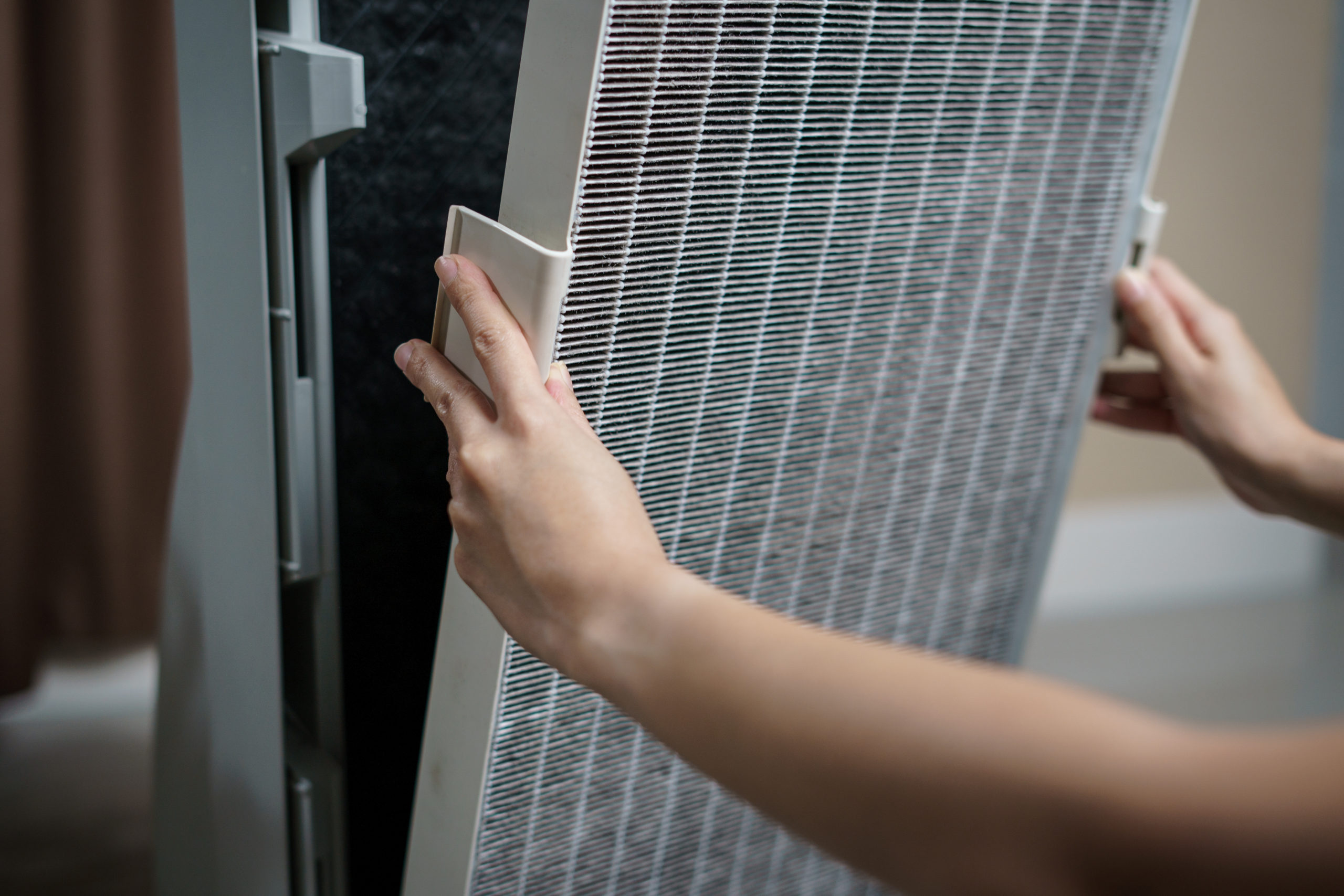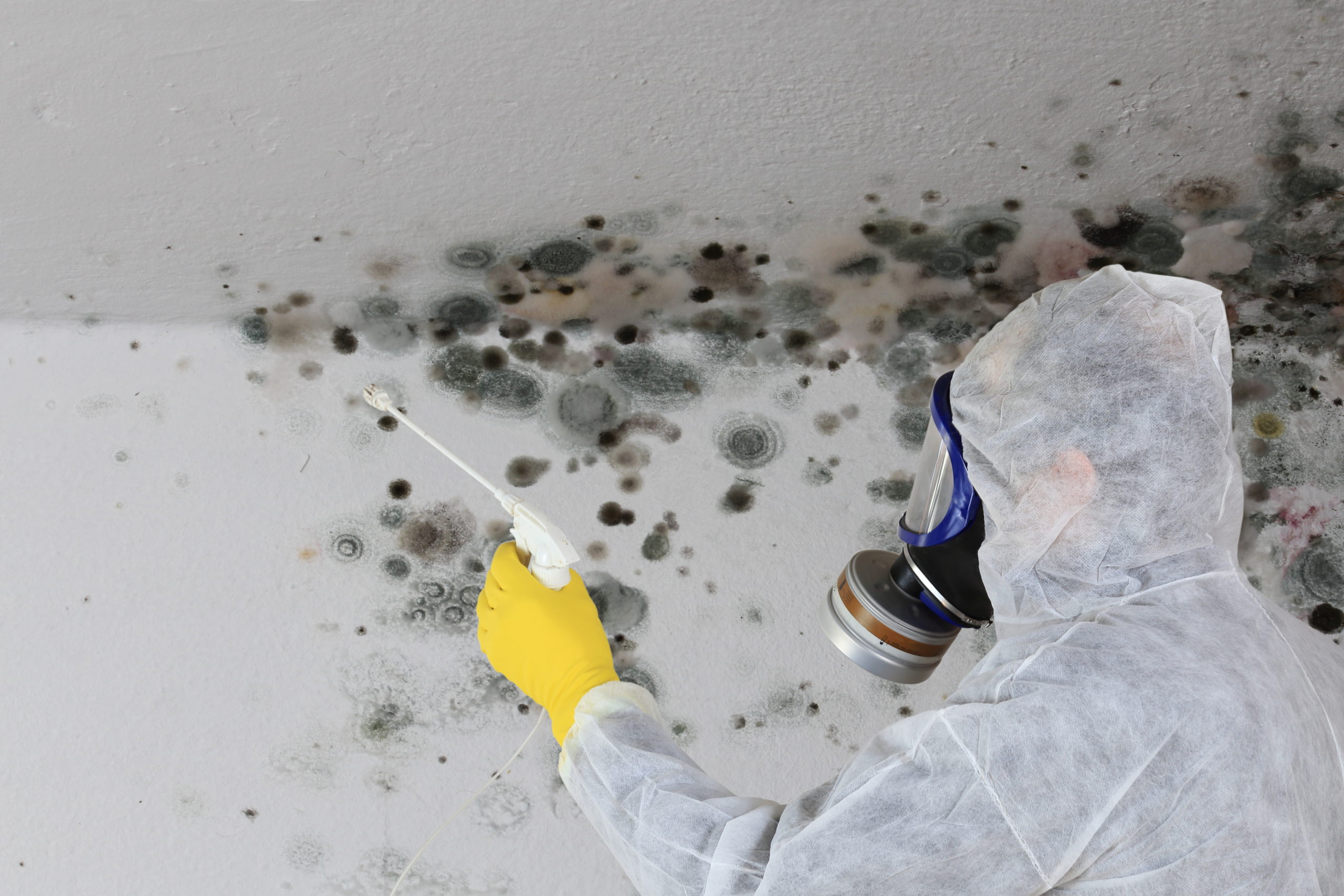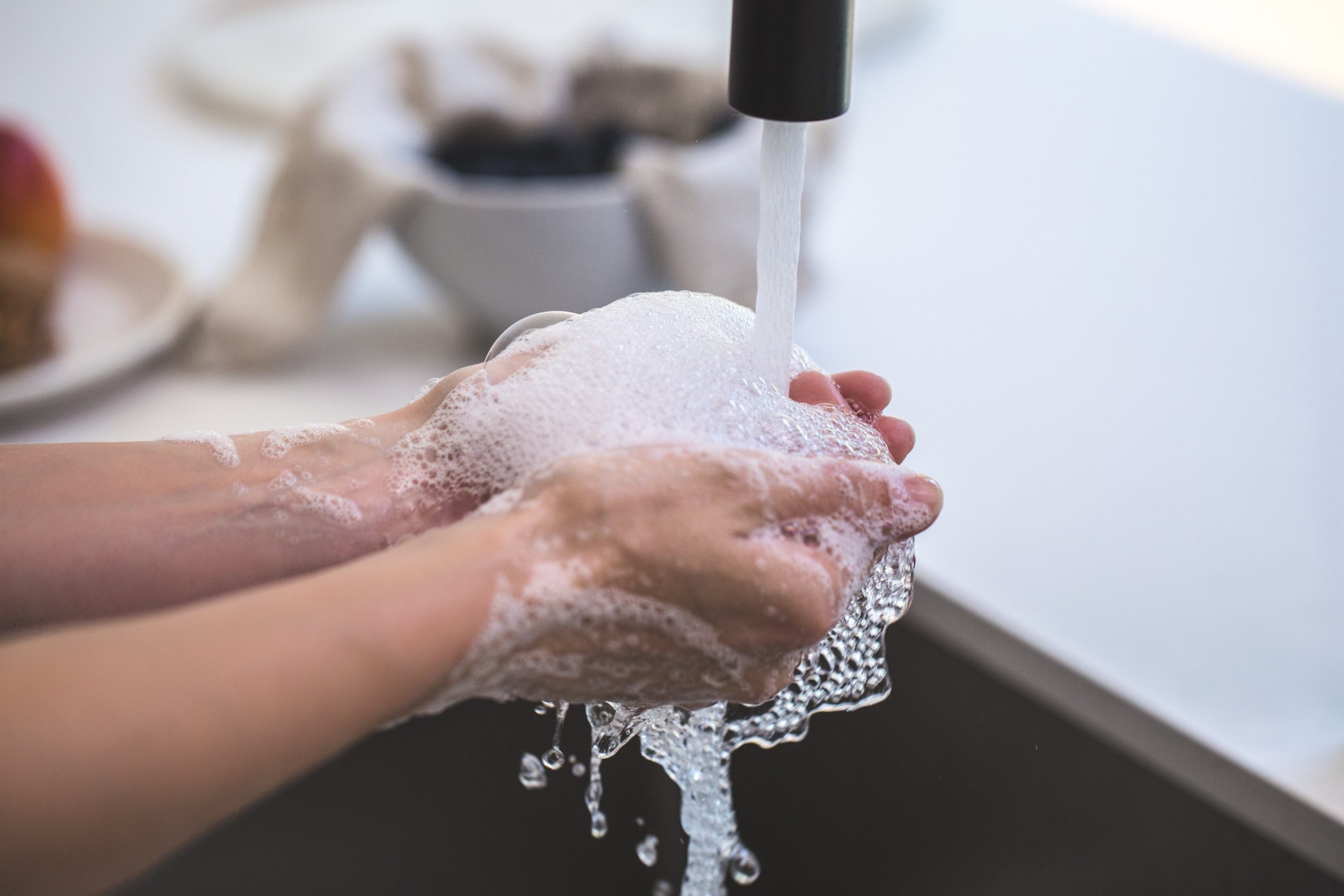Nosocomial Infections are Increasing in Veterinary Hospitals
We typically hear about hospital-acquired infections (HAIs) – an infection acquired while in a hospital – in reference to humans. But HAIs are also a problem for pets in veterinary hospitals as well. Its frequency is not well documented, but it is believed to be on the increase. It appears pets contract these infections in many of the same ways humans do, such as:
- Overuse of antibiotics
- Contaminated medical instruments
- Poor hand hygiene by veterinary staff
- Ineffective cleaning procedures
“Prevention is key to reducing the number of HAIs whether in a human or pet hospital,” says Matt Morrison, communications manager at Kaivac, developers of the No-Touch Cleaning® and OmniFlexTM Cleaning systems.
Some of the preventive measures Morrison suggests are the following:
Awareness. “Even though the research is limited, veterinarians must be aware that [pet] HAIs are a growing problem.”
Prudent. Veterinarians should be careful with their use of antibiotics.
Handwashing. Veterinary staff must wash hands before and after treating each animal patient.
Hand Sanitizers. When hand washing is not possible, hand sanitizers can be used, “but staff must rub their hands for 30 seconds to ensure the sanitizer is effective.”
Morrison adds that the clinic “environment” is also a source of contamination. “Many bacteria causing HAIs survive on floors and counters for prolonged periods of time. This is where effective cleaning can play a role in reducing these infections.”
He recommends the following:
- Develop a daily cleaning schedule with checks to ensure all areas are cleaned
- Institute a “clean as you go” program, so some cleaning is performed throughout the day
- Clean and disinfect floors daily or after each use. “Use disinfectants similar to those used in human hospitals and rotate them. This helps prevent bacterial resistance to a specific disinfectant.”
- Avoid using mops. Studies indicate floor mopping in human hospitals can increase hospital-acquired infections.
- Clean examination tables after each use. “Instead of [using] cleaning cloths, surface cleaning systems can prove more effective.
About Kaivac, Inc.
Kaivac is the developer of the No-Touch Cleaning® and OmniFlex™ Crossover Cleaning systems. Headquartered in Hamilton, Ohio, Kaivac, Inc. delivers complete science-based cleaning systems designed to produce healthy results and outcomes while raising the value of cleaning operations and the professionalism of the worker. Kaivac offers an integrated portfolio of environmentally friendly cleaning products designed to remove the maximum amount of soil and potentially harmful biopollutants in the most cost-effective manner possible.
![]() Cleaning Business Today is a publication of Tom Stewart and Derek Christian, who also partner in Castle Keepers House Cleaning, one of the fastest growing professional house cleaning services in the US.
Cleaning Business Today is a publication of Tom Stewart and Derek Christian, who also partner in Castle Keepers House Cleaning, one of the fastest growing professional house cleaning services in the US.






